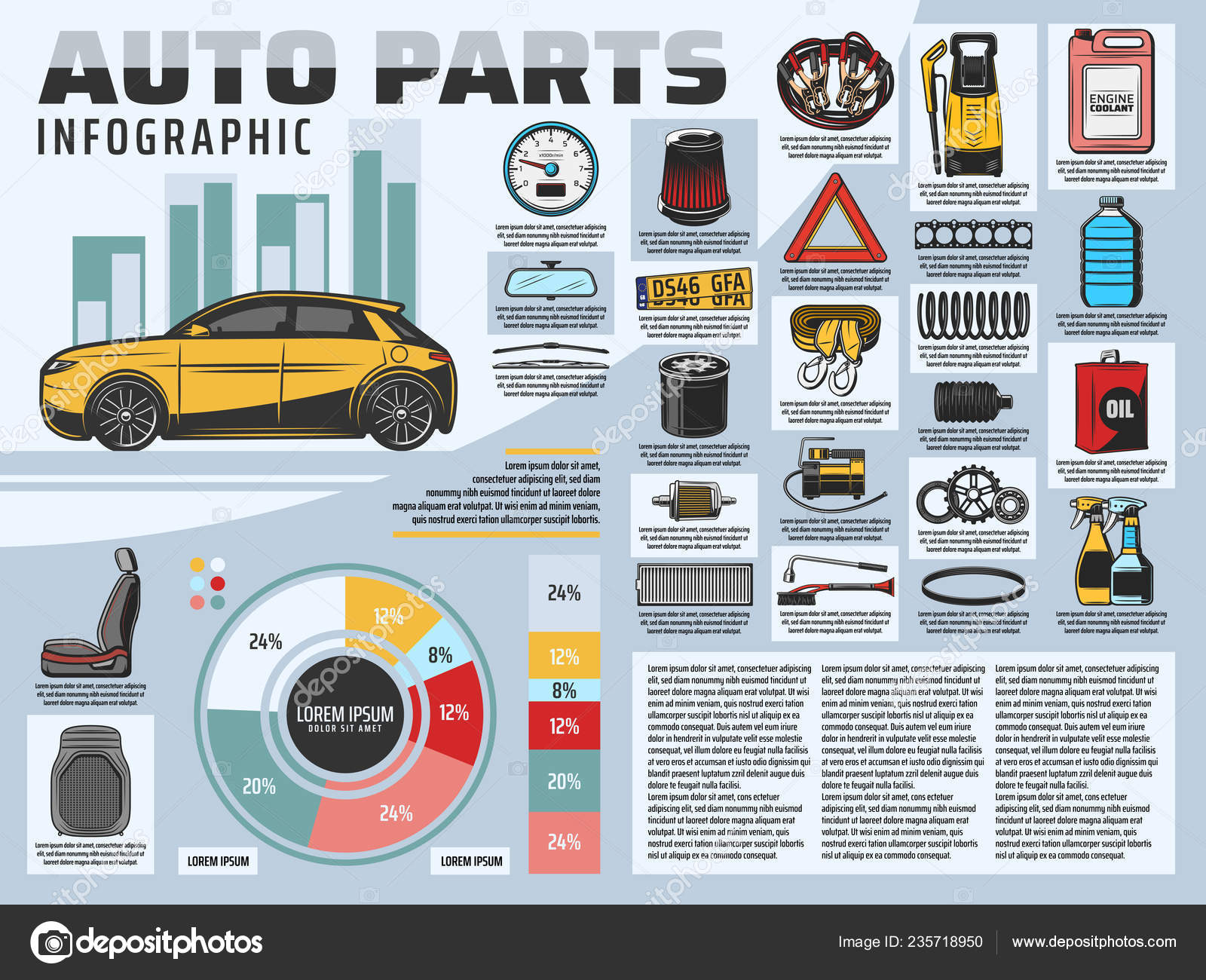Recognizing Your Automobile'S Caution Lighting: What Do They Actually Mean?
Recognizing Your Automobile'S Caution Lighting: What Do They Actually Mean?
Blog Article
https://engineremapping73940.blogvivi.com/30779300/exploring-the-insights-of-a-first-class-car-service-center-experience -Boye Stark
When you lag the wheel, those radiant warning lights on your control panel can be a little bit bewildering. Do you understand what they're trying to inform you concerning your auto's health? Comprehending the relevance of these lights is important for your safety and security and the long life of your vehicle. So, the following time among those lights pops up, wouldn't you intend to decipher its message accurately and take the required steps to resolve it?
Common Caution Lights and Interpretations
Determine typical warning lights in your car and understand their meanings to guarantee safe driving.
One of the most normal warning lights include the check engine light, which indicates concerns with the engine or emissions system. If this light comes on, it's important to have your vehicle checked promptly.
The oil pressure alerting light shows low oil pressure, needing instant attention to avoid engine damage.
A blinking battery light may suggest a malfunctioning billing system, potentially leaving you stranded if not attended to.
The tire pressure monitoring system (TPMS) light notifies you to reduced tire pressure, affecting lorry stability and gas performance. Ignoring this could cause unsafe driving problems.
wall detailing shows an issue with the anti-lock braking system, endangering your capability to stop swiftly in emergencies.
Last but not least, the coolant temperature level warning light warns of engine overheating, which can lead to serious damage if not dealt with swiftly.
Comprehending these usual caution lights will certainly assist you deal with issues quickly and preserve secure driving problems.
Value of Prompt Attention
Recognizing the usual caution lights in your car is only the first step; the importance of quickly dealing with these warnings can't be emphasized sufficient to ensure your safety and security when driving.
When https://freeecutuningsoftware39517.idblogz.com/30726488/immerse-on-your-own-in-the-specialist-auto-describing-market-getting-important-understandings-from-an-experienced-specialist illuminates on your dashboard, it's your auto's means of communicating a prospective concern that needs interest. Neglecting these cautions can result in extra extreme troubles later on, jeopardizing your security and potentially costing you extra in repairs.
Prompt focus to cautioning lights can protect against failures and accidents. For instance, a flashing check engine light can indicate a misfire that, if left ignored, can cause damage to the catalytic converter. Resolving this promptly can conserve you from an expensive fixing.
Likewise, a brake system warning light could signify low brake liquid or worn brake pads, important parts for your safety and security when driving.
DIY Troubleshooting Tips
If you discover a caution light on your dashboard, there are a couple of DIY troubleshooting suggestions you can try before seeking specialist assistance.
The primary step is to consult your cars and truck's guidebook to comprehend what the details caution light indicates. Occasionally the issue can be as straightforward as a loosened gas cap setting off the check engine light. Tightening up the gas cap may fix the trouble.
detailing shed is a low battery, which can activate numerous cautioning lights. Inspecting the battery connections for rust and ensuring they're safe might repair the problem.
If a caution light persists, you can attempt resetting it by disconnecting the vehicle's battery for a few minutes and after that reconnecting it. Furthermore, examining your automobile's liquid levels, such as oil, coolant, and brake fluid, can aid repair alerting lights related to these systems.
Final thought
To conclude, understanding your auto's caution lights is crucial for maintaining your automobile running efficiently and safely. By promptly addressing these notifies and understanding what they suggest, you can avoid costly repair services and possible breakdowns.
Keep in mind to consult your vehicle's handbook for particular details on each alerting light and act appropriately to make sure a trouble-free driving experience.
Stay notified, remain safe when traveling!
